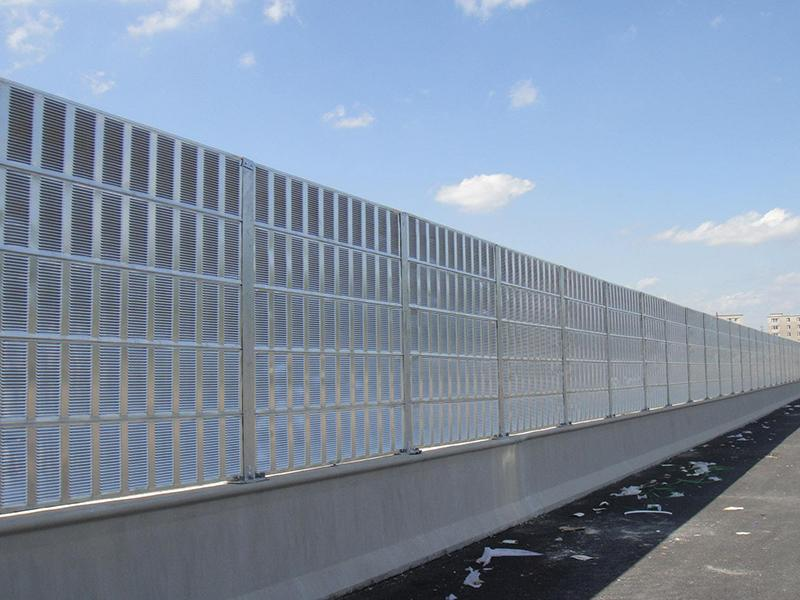How Many Decibels Can Highway Noise Barriers Reduce?

The noise reduction level of highway noise barriers is not a fixed value. It depends on multiple factors, including height, materials, design, and distance from the noise source to the protected area. Generally, noise can be reduced by 8~15 decibels (dB). Below is a detailed analysis.
Key Factors Affecting Noise Reduction Effects: The noise reduction effect of highway noise barriers is determined by comprehensive factors:
Barrier type (semi-enclosed, fully enclosed)
Structural design (vertical, multi-dimensional)
Height and length
Distance between noise sources and protected areas
Sound absorption and insulation performance of materials
Noise Reduction Effects of Different Barrier Types and Structures:
Semi-enclosed barriers: Typically reduce 8-15 dB
Fully enclosed barriers: Can achieve 10-20 dB reduction in specific environments
Conventional vertical barriers: 5-10 dB reduction (new vertical barriers like 3D-printed versions may reach ~30 dB)
Multi-dimensional barriers: Noise reduction exceeding 13 dB through special designs
Noise Reduction Effects Across Frequency Ranges:
High-frequency noise (>2000 Hz): 10-15 dB reduction
Low-frequency noise (~25 Hz): Limited effectiveness due to long wavelengths bypassing barriers
Summary: Critical factors include barrier height and source-receiver distance. Doubling the barrier height increases noise reduction by ~6 dB. Closer installation to noise sources or protected areas enhances effectiveness proportionally.

